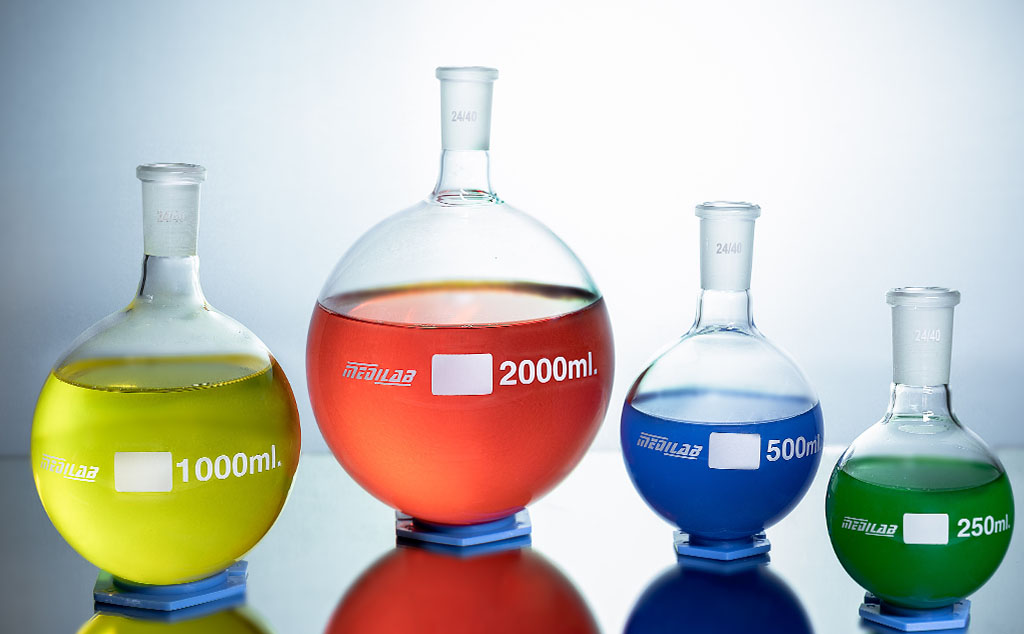The European Green Deal is bringing about regulatory change across several sectors, including the risks related to chemicals. In fact, as part of the Zero Pollution goal for an environment free from toxic substances, the Commission has adopted a strategy intended to better protect people and the environment and to push for innovation in safe and sustainable chemicals (1). However, this requires the revision of a number of major legislative texts, including the REACH and CLP(2) regulations. While the REACH negotiations are still ongoing (the text is expected by year-end), the new CLP requirements came into effect from 20 April.
Better protection against dangerous chemical substances
The CLP regulation sets out the rules for the classification, labelling and packaging of chemicals (substances and mixtures). The goal is to identify the dangers that such products may present due to their physico-chemical properties and their impacts on health and the environment. As well as implementing at EU level the United Nations’ globally harmonised system (GHS), the CLP regulation provides a basis for numerous legislative provisions affecting the management of risks related to chemicals.
A European strategy for sustainability in chemicals
At the end of 2020, the Commission presented a strategy for sustainability in the chemicals sector which indicated, among other things, the need to consolidate and simplify EU rules concerning endocrine disruptors. In extending the strategy, in April 2022 it published a roadmap for the restriction of the most harmful chemical substances, this list of substances serving as a basis for multi-year planning under REACH.
At the end of 2022, the Commission also presented a revision proposal, then in early 2023 adopted a delegated act which introduced into the CLP regulation new hazard classes for certain chemicals of concern, including endocrine disruptors but also chemicals that do not degrade in the environment and may accumulate in living organisms or risk entry into every element of the water cycle, including drinking water. These are products which are persistent, bioaccumulable and toxic (PBT) and those which are persistent, mobile and toxic (PMT). The new provisions of the CLP regulation came into effect on 20 April 2023. The products concerned must be classified and labelled at the latest by 1 May 2025 for substances, and 1 May 2026 for mixtures.
Several families of chemical products have verified impacts
Bisphenols, phthalates, ethoxylated alkylphenols, per- and polyfluoroalkyls (PFAS) and persistent, mobile and toxic substances (PMT) make up five of the families of synthetic organic chemical products with verified impacts. Amongst these, the PFAS are currently attracting a great deal of attention, although they have been recognised for decades.
PFAS in fact include several thousands of substances used in many applications in everyday life that find their way into the environment via industrial discharges, or indirectly from their use or from the end of life of products containing them. In parallel, the groups of persistent, mobile and toxic substances (PMT) and very persistent and very mobile substances (vPvM) bring together chemical compounds that may be susceptible to large-scale spread through the environment and remain there for long periods.
However, as indicated by Inéris (French National Institute for Industrial Environment and Risks), PFAS and PMT/vPvM raise a similar environmental issue: that of verified environmental contamination – particularly in subterranean waters – by persistent substances (also known as forever chemicals) that may find their way into drinking water. This is compounded by the fact that some PFAS can degrade into PMT/vPvM substances.
While, for the most part, the substance families cited above have alternatives (substitution products)3), the scale of the issue is still evolving for PMT/vPvM. In this regard a European research project currently underway should contribute to better understanding of this family of substances (see box).
A summary of the Promisces project
Coordinated by the BRGM (the French Geological Survey) with the support of a number of partners, the Promisces project aims to develop analytical methods and toxicological evaluation tools suitable for mobile and persistent pollutants such as PFAS in waters, dredging sediments or the waters and sludges found in water treatment plants. It should also contribute to the development of innovative, sustainable and economical technologies for the treatment of pollutants borne in carriers such as water destined for human consumption, water for re-use, leachates from discharges, contaminated soils, and dredging sediments. The sources and transport paths of these pollutants within the environment (soils and groundwaters) and in waters will be studied at various scales. Ultimately, the project will enable knowledge to be applied to the monitoring of substances and sources of mobile and persistent (PM) pollutants, and contribute to encouraging the prevention, reduction and remediation of these substances in the soil-sediment-water continuum. It will also provide an opportunity to develop methodological tools and regulatory strategies for sustainable management as part of the EU’s Zero Pollution action plan.
*Preventing Recalcitrant Organic Mobile Industrial chemicals for Circular Economy in the Soil-sediment-water system
1) The Strategy for sustainability in the chemical products sector was adopted in October 2020.
2) In force since June 2007, the REACH regulation (registration, evaluation, authorisation and restriction of chemicals) aims to identify, evaluate and control chemical substances that are produced, imported, or put onto the European market. The CLP regulation (classification, labelling, packaging), in force since January 2009, aims to inform consumers and workers of the hazards of chemical substances.
3) According to the INRS, where products are used which are carcinogenic, mutagenic or reprotoxic (CMR), their substitution is a regulatory obligation where technically feasible.




